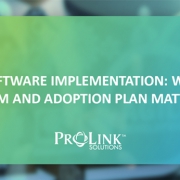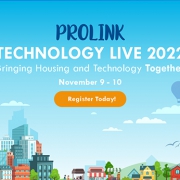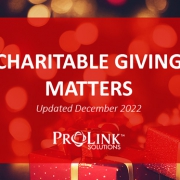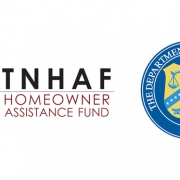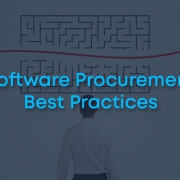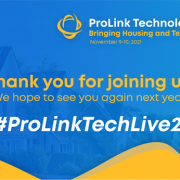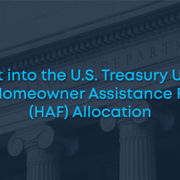Software Implementation: Why OCM and Adoption Plan Matter
When talking about a successful implementation, the questions that immediately come to mind are:
- Why do we need it?
- What are the requirements?
- What are the tasks we need to complete?
- How long is it going to take?
- How realistic is my level of effort, resource allocation, duration, schedule, and expectations?
Sometimes companies become so deeply enmeshed in the technical and financial aspects of a software implementation that they often forget how important the people side of the equation is. Having a successful software implementation will result in the ROI that goes beyond the numbers.
The people side of the equation, better known as Organizational Change Management (OCM) and software adoption, should not be treated as an afterthought; it should instead be a core part of your business case and procurement process. The main focus of OCM strategy and a post go-live software adoption plan is your staff.
When looking for a software provider, you should take into consideration how the provider is incorporating OCM into the implementation process:
- What type of methodology does the provider use and recommend?
- Is there any additional cost for change management and software adoption consulting services?
It takes time and effort on your part as well as strong backing from your organization’s executive team in order to ensure not only that your software is implemented properly from a technical perspective but also that software adoption is successful with your internal staff members as well as your organization’s customers. Remember, even when new software is the right business decision, your employees might not be ready for the change that will impact their day-to-day activities.
The Adoption Plan
Let’s say the implementation was done on time, on budget, and within scope. So, what’s left? This is perhaps the most overlooked stage of an implementation. From an executive and leadership perspective, you don’t want to find yourself asking this 6-9 months after the implementation. Why haven’t we achieved benefit realization and ROI? Why does staff continue to use workarounds? In most cases, it’s because of the lack of planning for post-implementation activities. This is why selecting the right software provider is so important.
You need a business partner, not just a software provider.
An Adoption & Reinforcement Plan helps ensure that your staff will continue to use the adopted changes after the project is over. The right software provider should help you develop your adoption and reinforcement strategy.
Here at ProLink Solutions, we want you to think of us as an extension of your organization—a business partner, someone you can rely upon to help you implement and manage your new system to support your business operation.
If you want to learn more about how to ensure a successful implementation, join our webinar on Wednesday, February 1st at 3 p.m. ET. Click here and register today.


